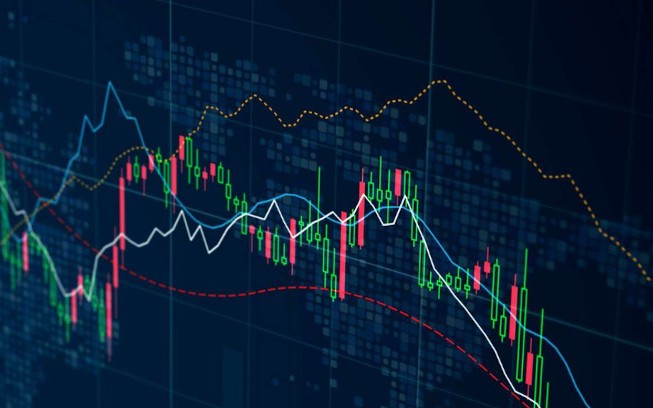
The Ultimate Guide to the Best Forex Trading Strategy
In the dynamic world of forex trading, having a reliable strategy can make a significant difference between profit and loss. A solid approach can help you analyze market trends, identify potential trading opportunities, and make informed decisions that lead to consistent gains. In this article, we will explore the best forex trading strategies that can enhance your performance in the market. For more in-depth analysis, you can visit best forex trading strategy https://forex-vietnam.net/.
Understanding Forex Trading Strategies
Forex trading strategies are designed to help traders identify the best times to enter or exit trades based on technical analysis, market sentiment, and other factors. These strategies can range from simple to complex, catering to traders of all experience levels. The key to successful trading is not just knowing the strategies but also understanding how to apply them effectively to your own trading style.
1. Technical Analysis
Technical analysis is the backbone of many forex trading strategies. It involves analyzing historical price movements and using various indicators to predict future price movements. Traders use charts and tools to identify patterns, such as support and resistance levels, trends, and reversals. Some popular technical indicators include:
- Moving Averages (SMA and EMA)
- Relative Strength Index (RSI)
- Bollinger Bands
- MACD (Moving Average Convergence Divergence)
By combining these indicators, traders can create a robust strategy that helps them make informed decisions.
2. Fundamental Analysis
While technical analysis focuses on price action, fundamental analysis looks at economic indicators and news events that can impact currency values. This approach involves understanding economic reports, central bank policies, geopolitical events, and other factors that may influence the forex market. Traders who employ fundamental analysis keep themselves informed regarding:
- Interest rates
- Inflation data
- Employment reports
- Political stability

By analyzing this information, traders can anticipate market movements and position themselves accordingly.
3. Price Action Trading
Price action trading is a straightforward approach that relies solely on the price movement of a currency pair, without the use of indicators. Traders who practice price action rely on historical price trends and patterns to make trading decisions. This strategy is often favored by experienced traders who can interpret price movements intuitively.
Key components of price action trading include:
- Candlestick patterns (e.g., doji, hammer, engulfing)
- Support and resistance zones
- Trend lines
By focusing on price movement, traders can gain insights into market sentiment and potential reversals.
4. Scalping
Scalping is a short-term trading strategy aimed at making small profits from minor price changes. Scalpers execute numerous trades throughout the day, holding positions for seconds to minutes. This strategy requires quick decision-making and a keen understanding of market mechanics.
Tips for successful scalping include:
- Using a reliable trading platform with low latency
- Focusing on highly liquid currency pairs
- Implementing strict risk management techniques
Scalping can be lucrative but demands discipline and constant attention to the market.

5. Swing Trading
Swing trading is a medium-term strategy that aims to capture price swings over several days to weeks. Unlike scalping, swing traders take advantage of volatility and fluctuations in currency prices. This strategy allows traders to hold positions longer, looking for larger price movements.
To succeed in swing trading, traders often use a combination of technical and fundamental analysis, emphasizing entry and exit points based on market trends and news events.
6. Carry Trade
The carry trade strategy involves borrowing funds in a currency with a low-interest rate and investing in a currency with a higher interest rate. This approach allows traders to earn the interest rate differential, benefiting from both price appreciation and interest income.
However, carry trades come with risks, especially if the underlying currencies experience significant fluctuations. It’s essential to analyze market conditions and have exit strategies in place.
7. Risk Management
Regardless of the strategy used, effective risk management is crucial to long-term success in forex trading. This includes setting stop-loss orders, diversifying trades, and only risking a small percentage of your trading capital on each trade.
Traders should also be aware of their emotional and psychological limits, maintaining discipline and avoiding impulsive decisions that could lead to heavy losses.
Conclusion
The best forex trading strategy is ultimately one that aligns with your trading style, risk tolerance, and market understanding. Whether you choose technical analysis, fundamental analysis, price action trading, or a combination of strategies, stay informed and adaptable to market changes. Building a successful trading plan, continually improving your skills, and practicing sound risk management will pave the way for a profitable trading journey.
Invest your time in education and always be aware of the emotional aspects of trading, as they can significantly impact your decision-making process. With the right strategy and mindset, you can navigate the forex markets successfully.

Comentarios recientes